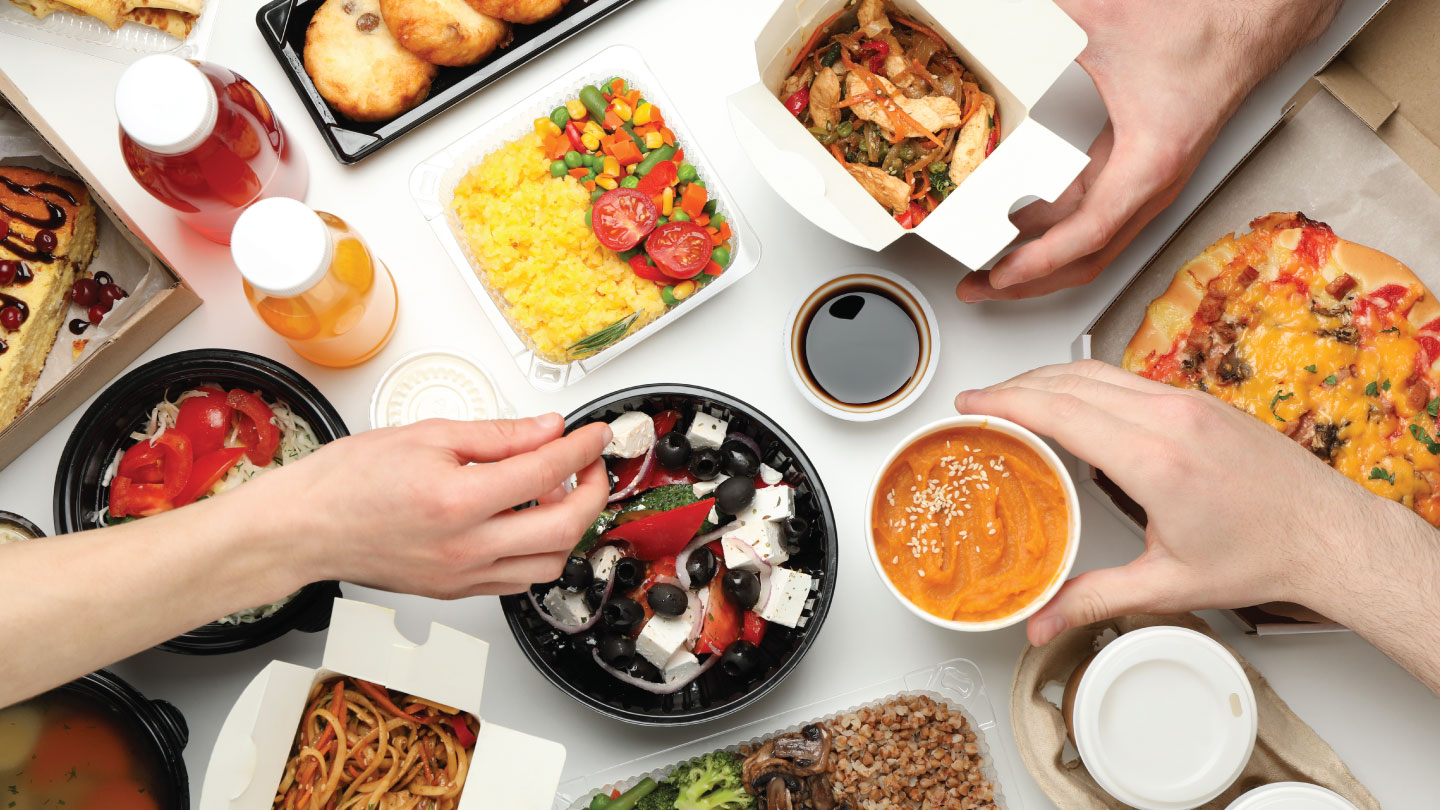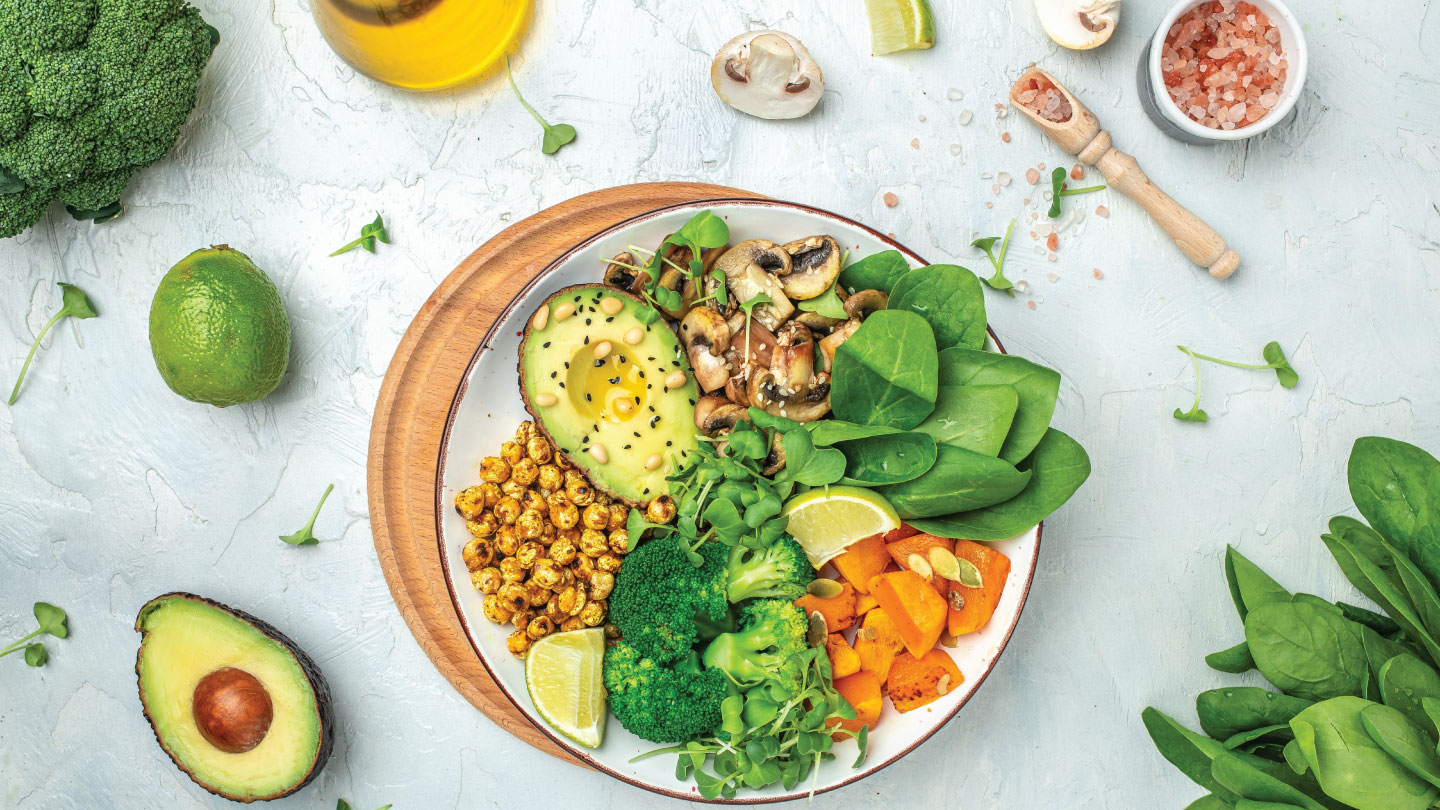Nutrition
What Food Labels Tell You….And What They Don’t
Decoding food labels is not an easy job, and while you might be bought by the flashy packaging and taglines; there’s more to it than meets the eye.

Knowing what you’re consuming is critical when you’re looking to make healthier choices. According to a 2018 study published in the National Library of Medicine, US, 57.7% of consumers didn’t understand what they read when looking at a food label.
The truth is, sometimes reading the food label can leave you confused. Nutrition and food labelling can display information that is not wholly accurate, and most consumers don’t know that when purchasing the item. Here is what you need to know about food labels.
Related Story: 5 Clever Tips to Eat Healthy While Ordering Takeout
What A Food Label Tells You
As people become more health-conscious and seek to make better choices, looking through nutrition labels is a must. Here is what you should find on any food packaging:
- FSSAI logo (to show that the company selling the product is certified and licensed)
- Green or Red dot (Green denotes vegetarian and red denotes non-vegetarian)
- Date of Manufacturing and Expiry (also labelled as Best Before)
- Ingredients’ list
- Directions for use/consumption
- Storage conditions
- Nutritional information (including serving size, net weight, fats, carbohydrates, protein, energy in kcal, sodium and more)
- Guidelines for Daily Allowance (GDA), generally based on a 2000-calorie diet
Depending on what you’re buying and how it is meant to be consumed, you can also find extra information and details available on the packaging. As Mumbai-based holistic nutrition and lifestyle coach Vinita Contractor puts it, ‘Consider the serving size. Everything is subject to how many grams of serving size vis a vis how many nutrients/calories. Compare this to the amount you actually eat to see if you’re eating more or less of what’s on the label’.
What Makes A Food Label Misleading?
You may often find big taglines or nutritional information on the front packaging of a food/beverage product like 99% Healthier For You, Made from Whole Grains, and more. It might claim to be nutritional or aimed at weight loss or anything else. However, very often, these labels turn out to be a form of twisting the truth to get consumers to purchase the item.
Vinita says that being wary of buzzwords like organic, gluten-free, low-calorie is essential when you’re looking to make conscious decisions about food. “Marketers, to keep up with trends and to make their product look healthier than it is, use words such as sugar-free, gluten-free, low-fat, low-calorie, organic, natural,” she says These could be true or these could be created by adding a lot of artificial flavours or unnecessary fillers.
The FDA’s Food Safety and Nutrition Survey states that over 80% of consumers are familiar with packaging claims like ‘organic’, ‘low-fat’ and more. However, being familiar with them doesn’t equate to being food literate. According to research presented by Crispy Green Inc. (a food manufacturing company), 82% of respondents felt entirely tricked by nutrition labels.
But whether the labels are accurate or not, it doesn’t stop people from buying them. Research by Clare Hughes and other experts shows that people are more likely to buy products with health claims on their packaging. But, these health claims are not only exaggerated but largely untrue when it comes to a lot of food items.
It’s no secret that breakfast cereals are highly processed, including even the ‘healthier’ varieties. In most cases, cereals will be highly sugary and processed, largely stripped of any nutritional value.
Related Story: A Yoga Trainer’s Go-To Healthy Breakfast for Busy Mornings
What to Look Out For
“Examine the ingredient list: Ingredients on nutrition labels, by law, have to be listed in descending order by weight. So if the first three ingredients include sugar or highly processed ingredients, you can steer clear of that product. Also if the ingredient list is pretty long with a lot of unpronounceable names and a lot of numbers (which are mentioned after preservatives and colours) you know it is best to stay away,” says Vinita. When you’re in the supermarket next time buying groceries, it might be worthwhile looking out for these misleading claims:
- Products that claim to be ‘light’: You might have seen many brands coming out with ‘light’ or ‘diet’ variants to their traditional products. However, you will have to go through the ingredients list to see whether the product has just been watered down or switches have been made to healthier ingredients.
- Organic: A product that is claimed as organic might only have one organic ingredient or be processed in a country where there is no official organic certification
- No added sugar: It might be that the ingredients in the item are naturally high in sugar. A food item can still be high in sugar when it has no added sugar.
- Multigrain: It just means more than one type of grain, but not necessarily whole-grain. It can refer to a group of highly processed grains that are not beneficial for your health.
- Low-fat: The fat content in the food item may have been reduced at the cost of increasing the sugar or carbohydrates.
- Gluten-free: It simply denotes that the food item does not contain wheat, spelt, rye, or barley.
- Fortified: It means that extra nutrients have been added to the food item but don’t necessarily make it healthier for you.
There are also several different names for some ingredients that can lead to confusion when you’re going through the ingredients. One such ingredient is sugar. Sugar can be known by various names like carob syrup, high-fructose corn syrup, barley malt, cane juice crystals, maltodextrin, maltose, glucose, galactose and much more.
Related Story: 5 Ways Sugars Are Hiding in Plain Sight In Your Food
How to Make Conscious Food Choices
When it comes down to it, avoiding processed food as much as possible is better for your health. It can prevent you from being misled by labels and knowing exactly what goes inside your food. However, if you are buying processed foods, purchase from trusted brands known for being clean.
As Vinita puts it, “anything with a number (INS330, 440 or anything else), is not a natural substance and is not recognisable to the body. However, food labelling will have you believe that they are natural ingredients in your food and drinks,”

EXPLORE MORE
From fibre and protein to gut health and mindful meals, these are the healthy eating lessons that stood out in 2025!
Bloating isn’t just about overeating or bad food choices. According to expert nutritionist Dr Lakshmi Kilaru, it’s often the result of multiple factors. Keep reading to know more.
If you’re on a GLP-1, your diet can make or break your health journey. Here’s your guide to avoid common pitfalls.
Bright, tangy, and naturally refreshing, this orange chutney offers a burst of citrusy sweetness with a gentle hint of spice. It’s the perfect accompaniment to elevate daily meals with freshness and depth.







.jpg)

.jpg)
